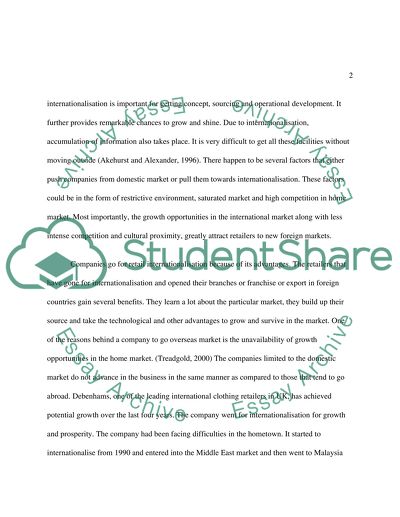Cite this document
(The Factors Influencing Retail Internationalization - Marks and Case Study, n.d.)
The Factors Influencing Retail Internationalization - Marks and Case Study. Retrieved from https://studentshare.org/marketing/1507279-retail-internationalisation
The Factors Influencing Retail Internationalization - Marks and Case Study. Retrieved from https://studentshare.org/marketing/1507279-retail-internationalisation
(The Factors Influencing Retail Internationalization - Marks and Case Study)
The Factors Influencing Retail Internationalization - Marks and Case Study. https://studentshare.org/marketing/1507279-retail-internationalisation.
The Factors Influencing Retail Internationalization - Marks and Case Study. https://studentshare.org/marketing/1507279-retail-internationalisation.
“The Factors Influencing Retail Internationalization - Marks and Case Study”, n.d. https://studentshare.org/marketing/1507279-retail-internationalisation.


